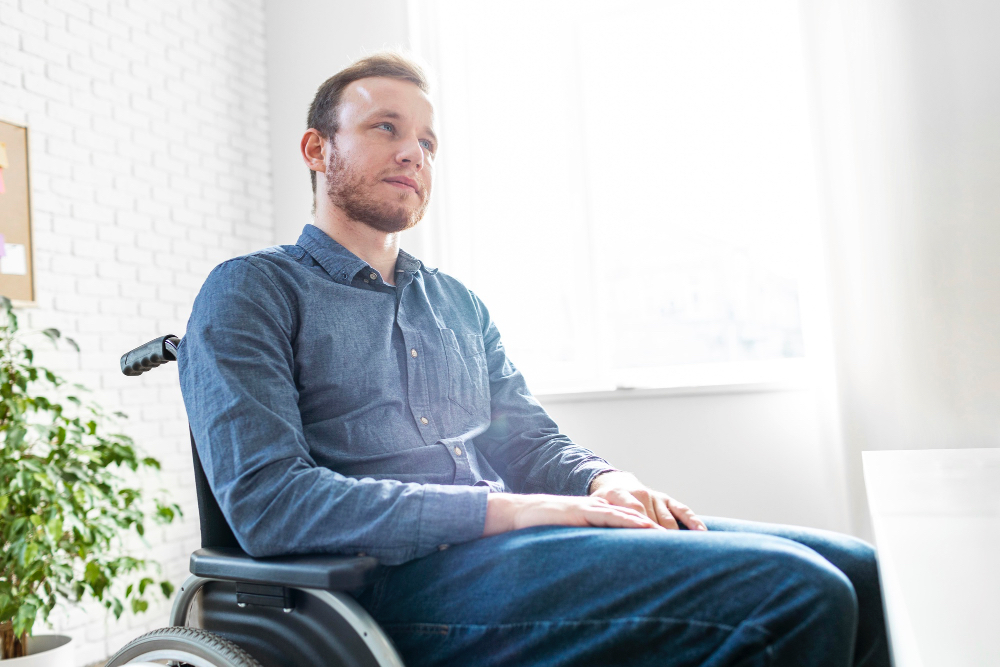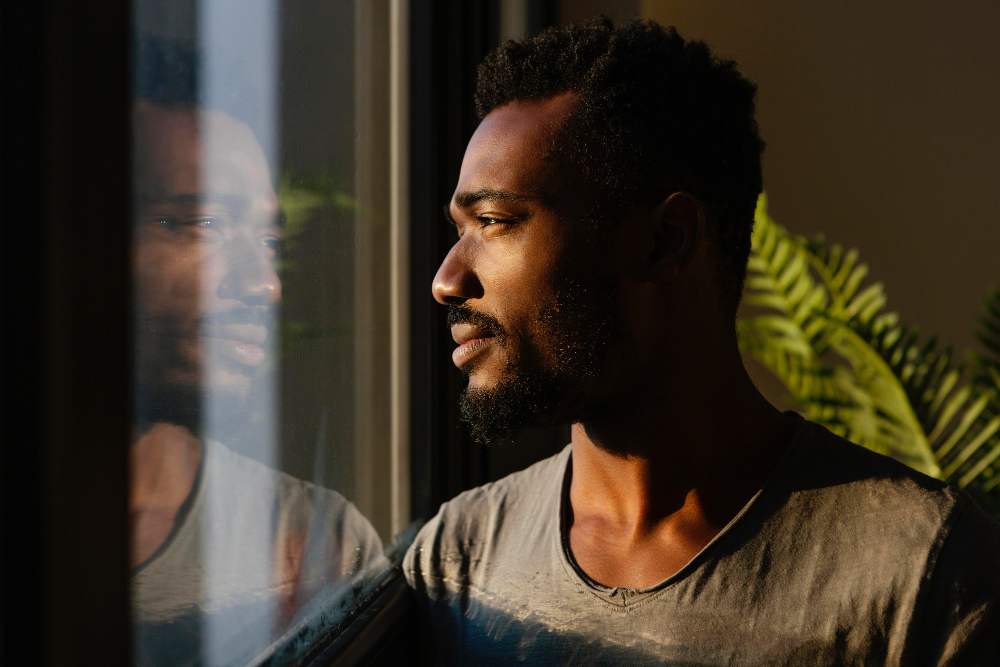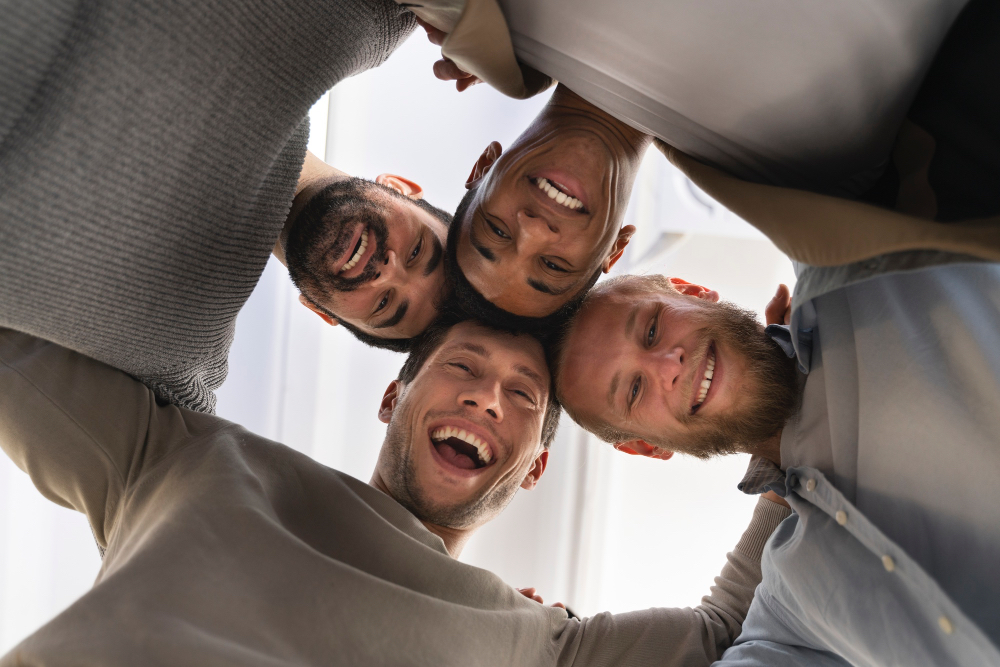Gay relationships are often full of joy, growth, and deep connection—but they can also stir up old fears and insecurities that are hard to name. One powerful way to understand the dynamics we bring into our relationships is through the lens of attachment theory.
Attachment styles are emotional habits formed in childhood based on how safe and connected we felt with our early caregivers. These patterns show up later in how we relate to romantic partners. For some gay men, especially those who grew up hiding parts of ourselves or feeling unsafe to be fully seen, attachment patterns can become more complicated.
You might find that you constantly crave closeness and worry your partner is pulling away. Or you might long for love but feel overwhelmed or even suffocated once someone starts getting emotionally close. Some people feel both at the same time—craving connection but fearing what it might cost. Others, perhaps more rarely, are comfortable with intimacy, able to give and receive love without too much fear or avoidance.
These patterns don’t make you flawed. They’re protective adaptations. Growing up queer in a world that often invalidates or misunderstands us means we develop strategies to stay emotionally safe. But those same strategies can sometimes get in the way when we’re trying to build love in adulthood.
Learning about your attachment style can help you respond to your triggers with more compassion, and recognize when you’re projecting past fears onto a present partner. It can also help you make sense of your reactions—why a delay in a text back feels like abandonment, or why opening up makes you want to shut down completely.
Working toward healthier patterns doesn’t mean becoming perfectly secure overnight. It’s more about building awareness and learning to self-regulate, communicate openly, and choose partners who are emotionally available and willing to grow alongside you.
The most important thing to remember is this: you are not broken. Whatever your attachment style, it formed for a reason. You get to work with it, not against it. Understanding how you connect and protect yourself emotionally is one of the most powerful steps toward creating love that feels safe, mutual, and real.




